GIGEIIN > About


GIGEIIN > About
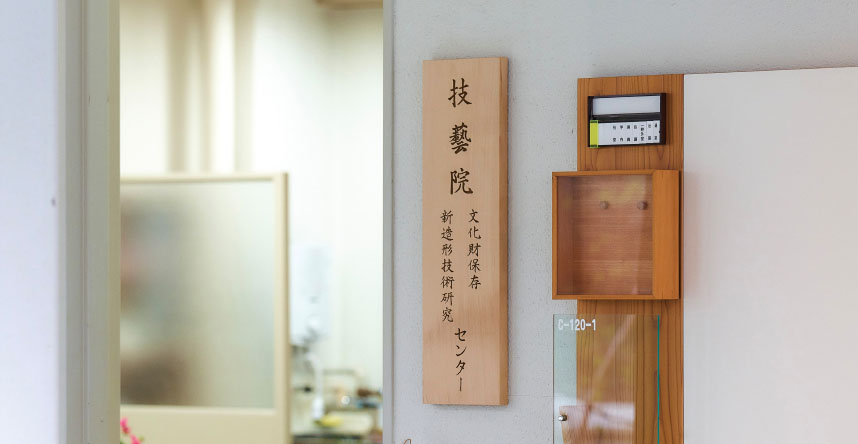
Thank you for visiting the website of GIGEIIN (Research Center for Cultural Property Conservation and New Creative Technologies), part of the University of Toyama School of Art and Design.
GIGEIIN was established in 2020 as an educational and research center that combines traditional Japanese craft-based techniques with digital modeling technologies to explore new approaches to preservation and the transmission of skills and practices. Multiple specialized departments collaborate to promote the circulation of knowledge and techniques, working across a range of activities—from cultural property restoration and modeling applications to local resource archiving, cultural transmission, and international outreach.
To the craftsmen and practitioners working to pass down traditional techniques:
GIGEIIN aims to serve as a collaborative hub for the documentation, reproduction, and analysis of traditional skills, as well as for the training of the next generation. We scientifically interpret materials, structures, usage, and regional characteristics, using methods such as 3D measurement, CT analysis, and environmental assessment. Through these efforts, we organize and accumulate regional technical resources as “shareable knowledge.”
We are also expanding collaborations with international institutions and universities to advance cultural property preservation.
Digital archives and virtual exhibitions are powerful tools for conveying culture beyond physical limitations. GIGEIIN is working to publish research in English, build virtual museums, and develop international joint research, thereby opening pathways for Japanese regional culture to engage with the global community. We are also striving to become increasingly multilingual and culturally inclusive in the future.
To the students and young researchers engaging with the future of creative expression and societal change:
Today, we are seeing more instances where works created through digital generative technologies and artisanal craftsmanship are evaluated on equal footing. In such contexts, GIGEIIN places importance on hands-on skills, cultural interpretation, and the ability to connect people and society, all while advancing in step with modern technology. We believe that the continued accumulation of these practices will cultivate the capabilities essential for the coming era.
GIGEIIN will continue expanding its collaborations with practitioners, researchers, and students to serve as a dynamic forum—rooted in the culture of Hokuriku and Toyama, yet open to the world. We invite you to take an interest in our activities and to forge new connections with us.
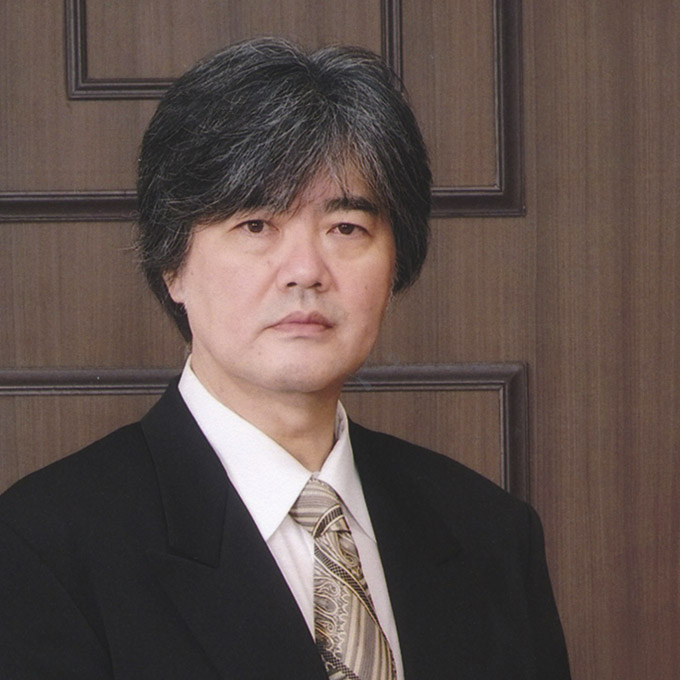
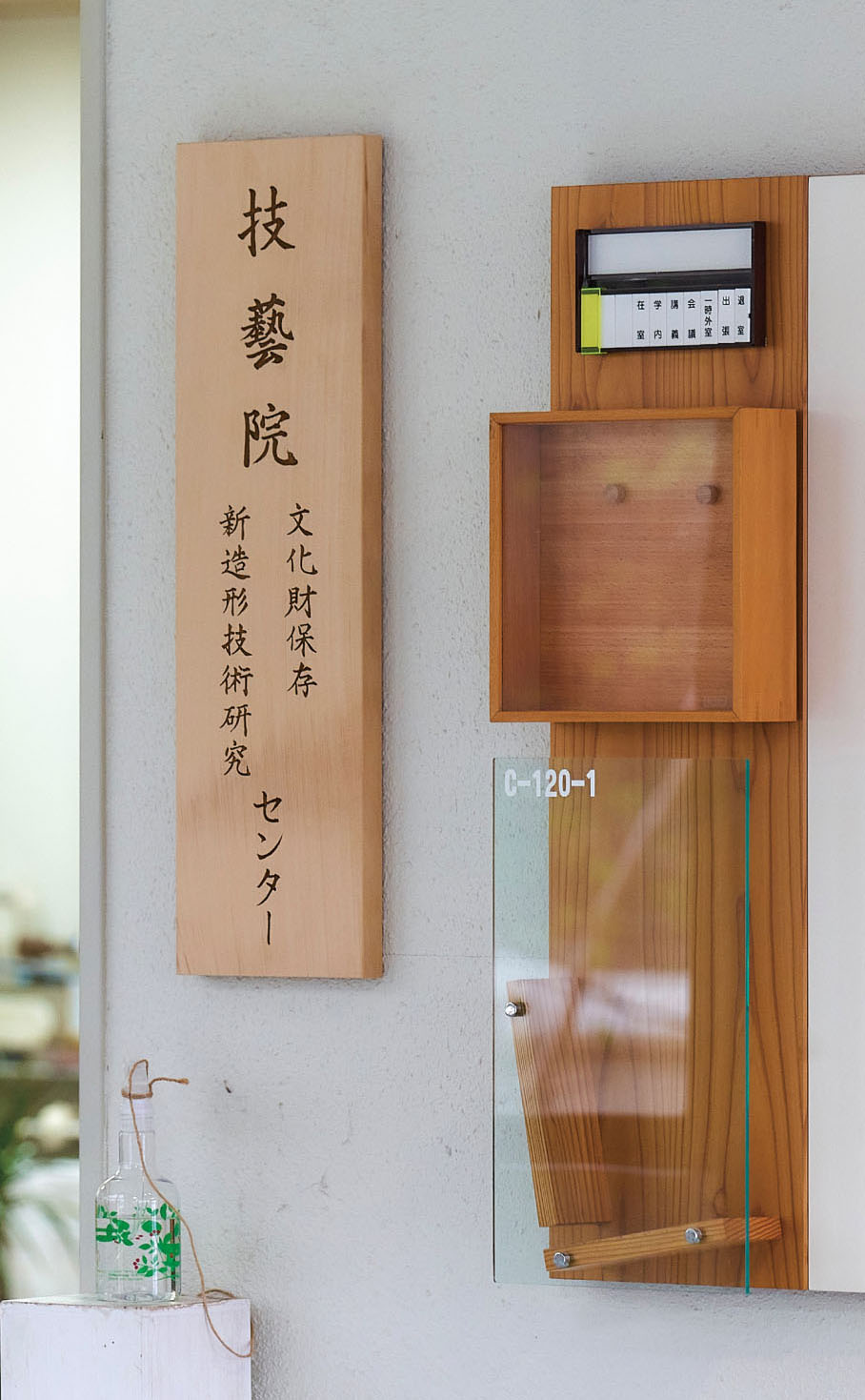
My name is Kazumi Uchida, and I have been appointed to the important role of Director of GIGEIIN. I take on this position with a renewed mission, into which I will pour all my experience and passion.
Japanese crafts have a long history and tradition. They have supported Japanese culture for centuries, linking aesthetic sensibilities and technical excellence to the future. These crafts are also a vital component of our cultural identity. As globalization advances in the modern era, I strongly believe that GIGEIIN’s role is to convey and nurture these values for the next generation.
Upon assuming this new position, I identified three pillars that broadly encapsulate GIGEIIN’s core mission.
The first pillar is to deeply integrate Japan’s esteemed cultural property restoration techniques with cutting-edge digital transformation (DX). The artisanal skills developed since ancient times hold immeasurable value. By combining these with the latest digital tools—such as AI-based deterioration prediction, high-resolution 3D scanning for condition assessment, and VR-based restoration simulation—we can achieve more precise and efficient restoration processes. This approach also ensures that valuable records and techniques are passed down to future generations. I am confident that the fusion of tradition and innovation will open new horizons in cultural heritage preservation.
The second pillar is to share the unique aesthetic sensibility, refined techniques, and profound spirituality behind Japanese crafts with the international community.
We aim to create new opportunities for people worldwide to engage with Japanese craftsmanship and develop a deeper appreciation of its appeal—across time and space—by enriching our digital archives, holding immersive online exhibitions, and offering VR/AR-based craft experiences. We also strive to become a hub for generating new value in craft culture, including through international joint research such as the “Technique Road” agreement concluded with the Netherlands.
The third pillar is to actively promote next-generation arts and culture education and nurture young talent through collaboration with universities and educational institutions. We will support the creation of “new arts and culture” rooted in the depth of traditional techniques, while incorporating modern societal needs, automotive industry technology, and interdisciplinary knowledge, including design. By establishing an environment where students can explore creative expression at the forefront of digital innovation, merging theory and practice, we will cultivate internationally competitive talent and unlock new potential in the arts.
These goals cannot be realized by GIGEIIN alone. Close collaboration with experts both within and outside GIGEIIN, as well as with government agencies, research institutes, and universities in Japan and abroad, is essential. With your expertise and warm cooperation, we hope to forge a path forward for cultural heritage preservation, the evolution of crafts, and the development of future generations.
In closing, I humbly ask for your continued support and guidance in connecting Japan’s rich cultural heritage to the future and sharing its value with the world.
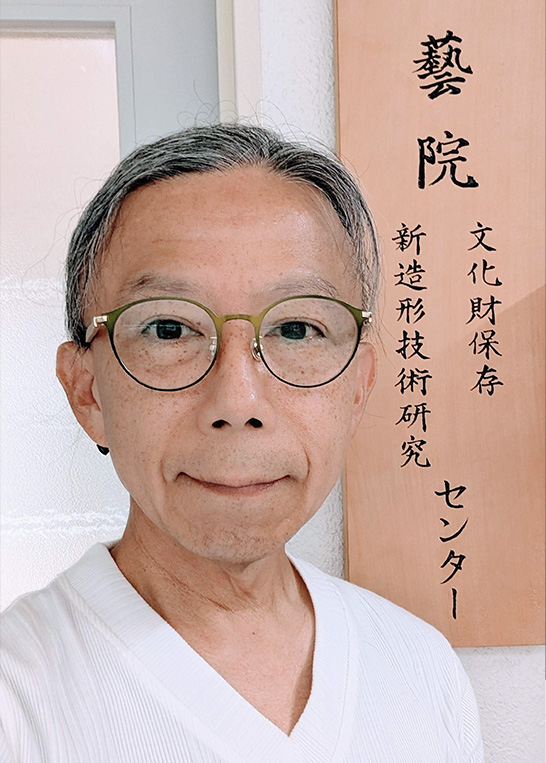
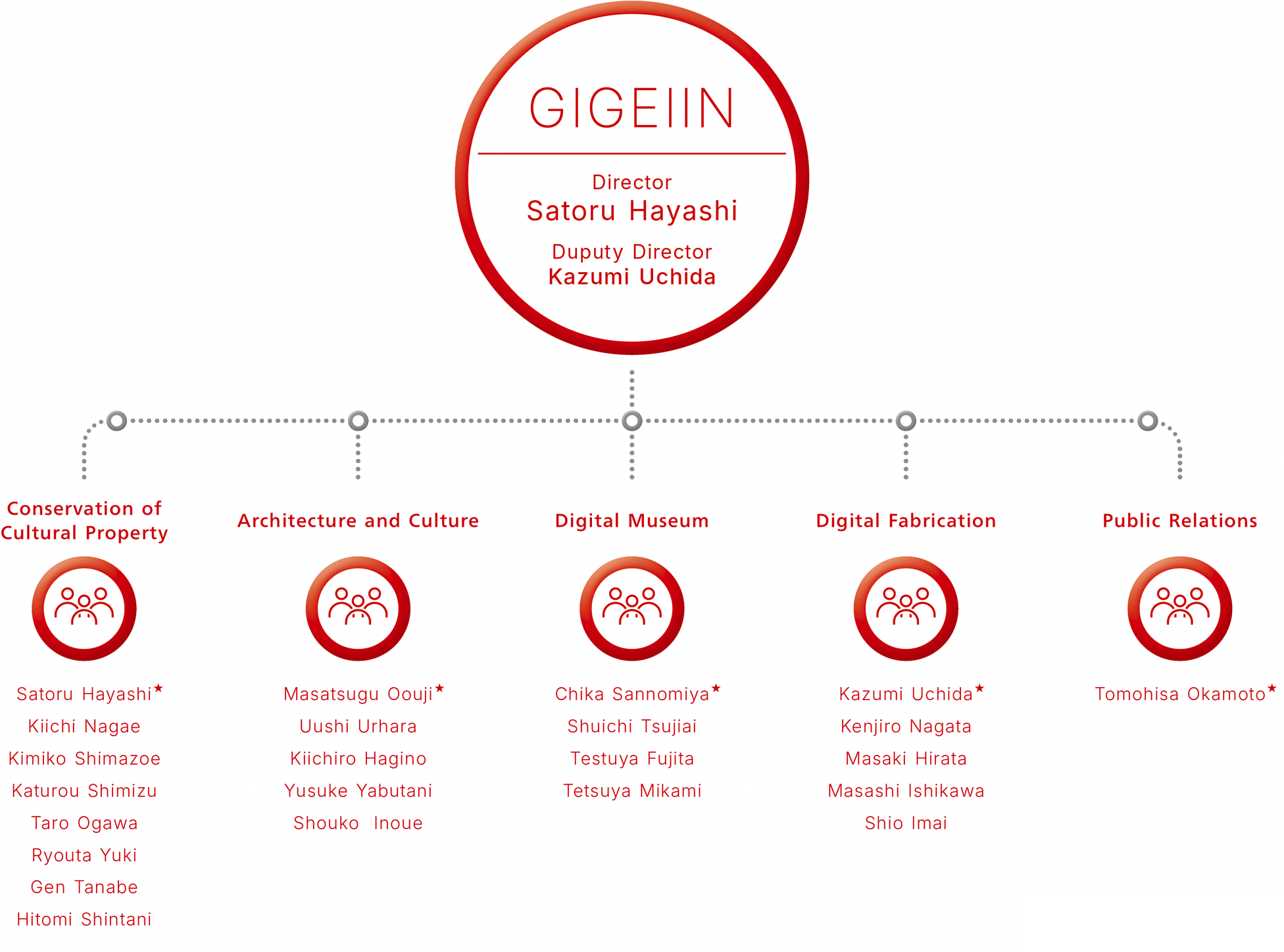
★Department Leader.
2024.7.24
Collaboration project between the University of Toyama Faculty of Medicine and GIGEIIN Director of GIGEIIN, Satoru Hayashi
2024.7.24
Fabricating a lacquered saxophone Director of GIGEIIN, Satoru Hayashi
2024.7.24
Development of a portable emergency ventilator using Ambu bag Director of GIGEIIN, Satoru Hayashi
